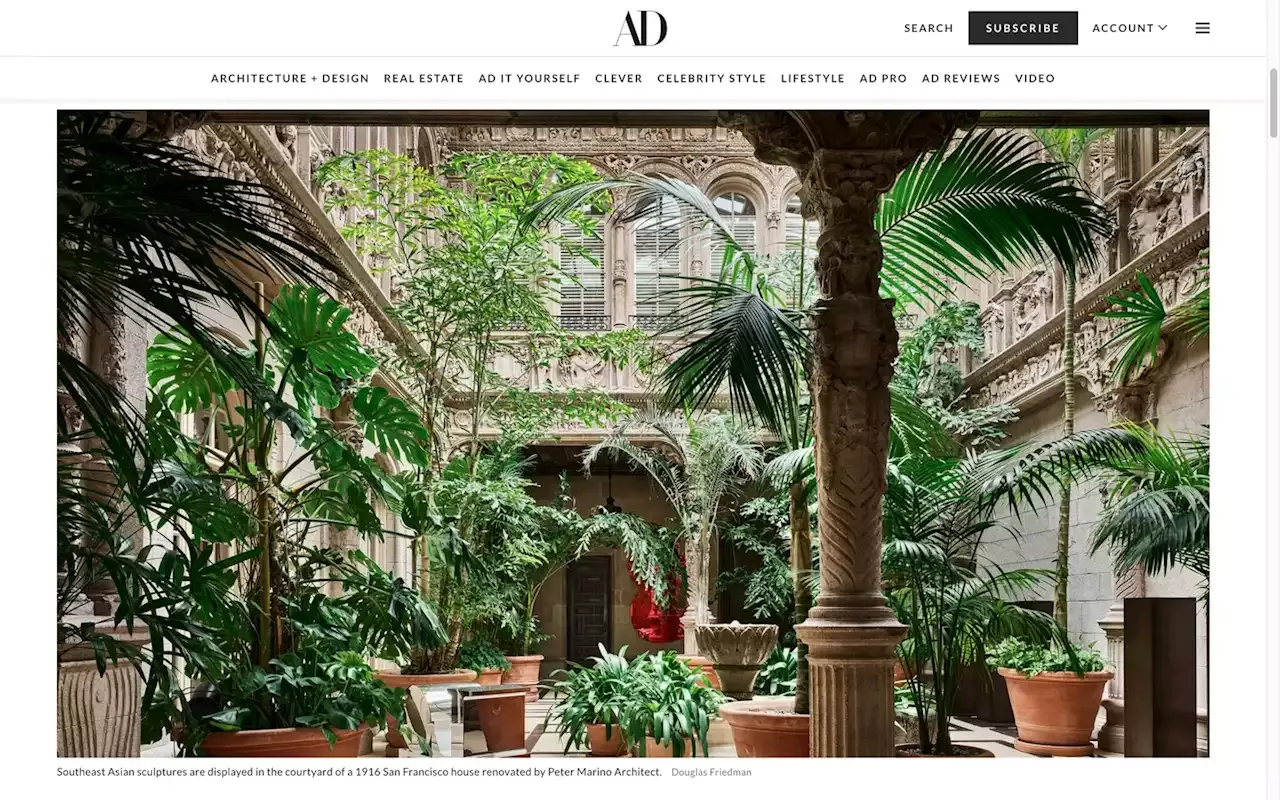The homes of a billionaire family, featured in Architectural Digest, provide clues to Cambodian investigators seeking the recovery of lost artifacts.
also revealed offshore trusts that Latchford used to hold money and art.
“I was freshly wealthy,” Clark said in the interview. “I was a bit naive. In those days, I just thought: ‘Wow, this is cool stuff — I’ll buy it for my apartment.’ ”“I always assumed that he was a well-regarded expert because he had published these books, and he had documents from the Cambodian government honoring him,” he said.
Getting Khmer pieces back is seldom so easy, however, even when the Cambodian investigators can trace the history of the missing artworks.The Cambodian investigation into the Lindemanns began with a tip.the American attorney working with Cambodian investigators. The email contained photos from a 2008 issue of Architectural Digest of a “dazzling” $68.5 million Palm Beach mansion.
A slight, restless Cambodian man with — in his own words — “the smile of a tiger,” the antiquities broker acknowledged in an interview that he had been, essentially, an accomplice: Years ago, he helped transport a number of the allegedly looted pieces that appeared in the Lindemann living room to one of Latchford’s main suppliers. He also brokered deals involving looted antiquities and has helped in a U.S. antiquities investigation, Gordon said.
“It’s easily one of the most important statues in the temple, and probably all of Koh Ker,” Gordon, said about the Vishnu figure. “By having this in their collection, the Lindemanns essentially [had] the Cambodian equivalent of a sarcophagus stolen from King Tut’s tomb sitting in their living room.” The sandstone work represents Dhrishtadyumna, a celebrated warrior. It was part of a nine-statue set depicting a pivotal fight scene from a Hindu epic, scholars say. Most had passed through Latchford to prominent museums and auction houses, including New York’s Metropolitan Museum of Art, the Norton Simon Museum in Pasadena, Calif., and Sotheby’s, and have been returned.
Shortly after that trip, the Lindemanns donated two Khmer statues to the Met. According to the Cambodian investigators, a former looter said he had stolen the two pieces and sold them to one of Latchford’s main suppliers. Both statues remain in the museum’s collection. While Lerner said he doesn’t recall the history of the pieces, “they could have passed through Latchford’s hands. That in itself does not necessarily mean they were ‘looted,’” he said by email. “In their own ways, the two sculptures expand the scope of the Met’s Southeast Asian collections.”
A photo of the remodeled San Francisco home, posted to a page on the architect’s website as an example of his work, shows a set of Khmer god and demon heads in the mansion’s airy courtyard. Hany Farid, a visual forensics expert at the University of California at Berkeley, examined the two versions of the photograph.Farid noted, among other things, that bits of leaves were missing in the published photo.
“Institutions have to consider the press and public scrutiny” that could come with refusing to cooperate, said Leila Amineddoleh, a lawyer who specializes in art and cultural heritage cases. “It’s different with private collectors.”
